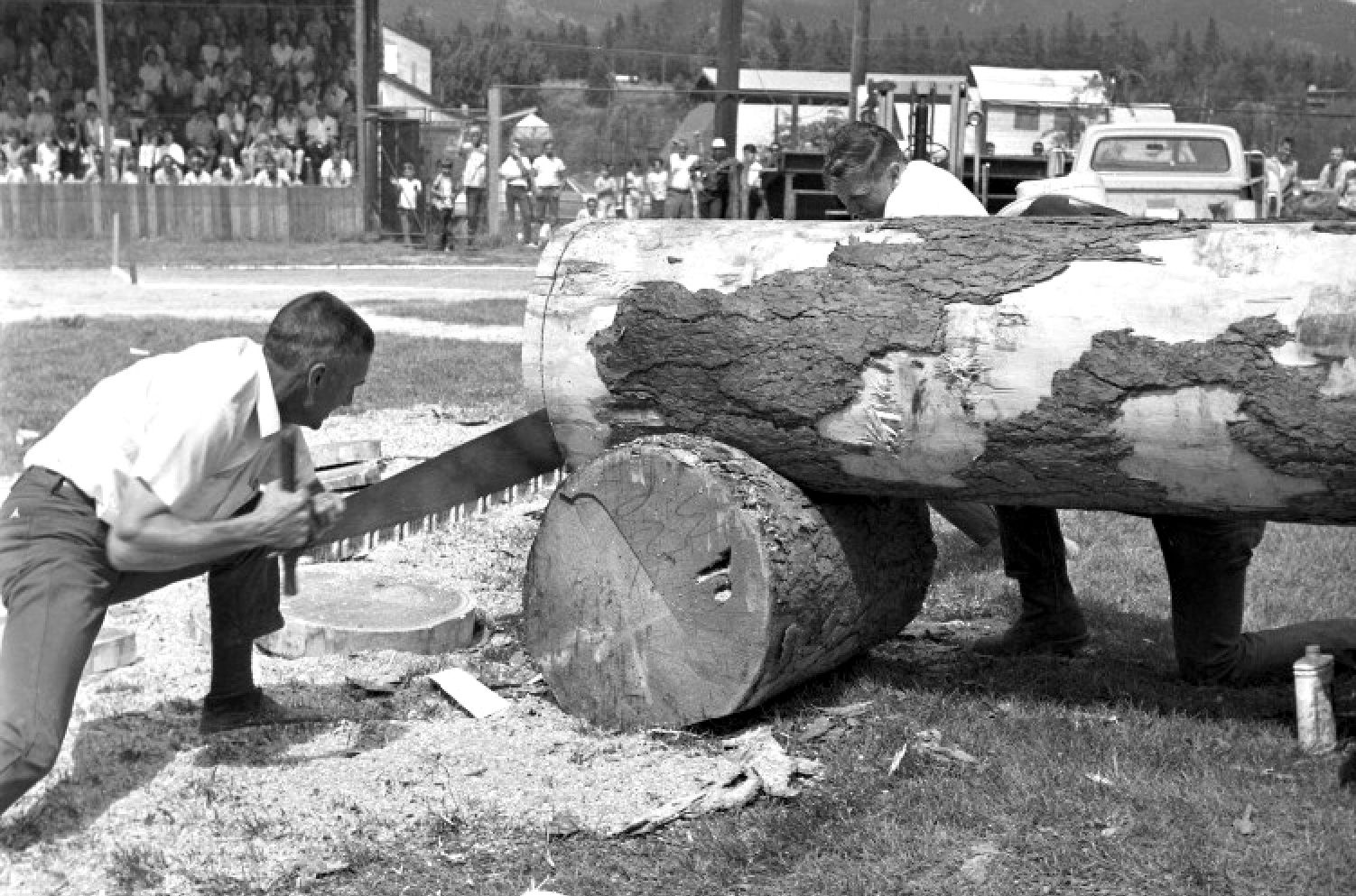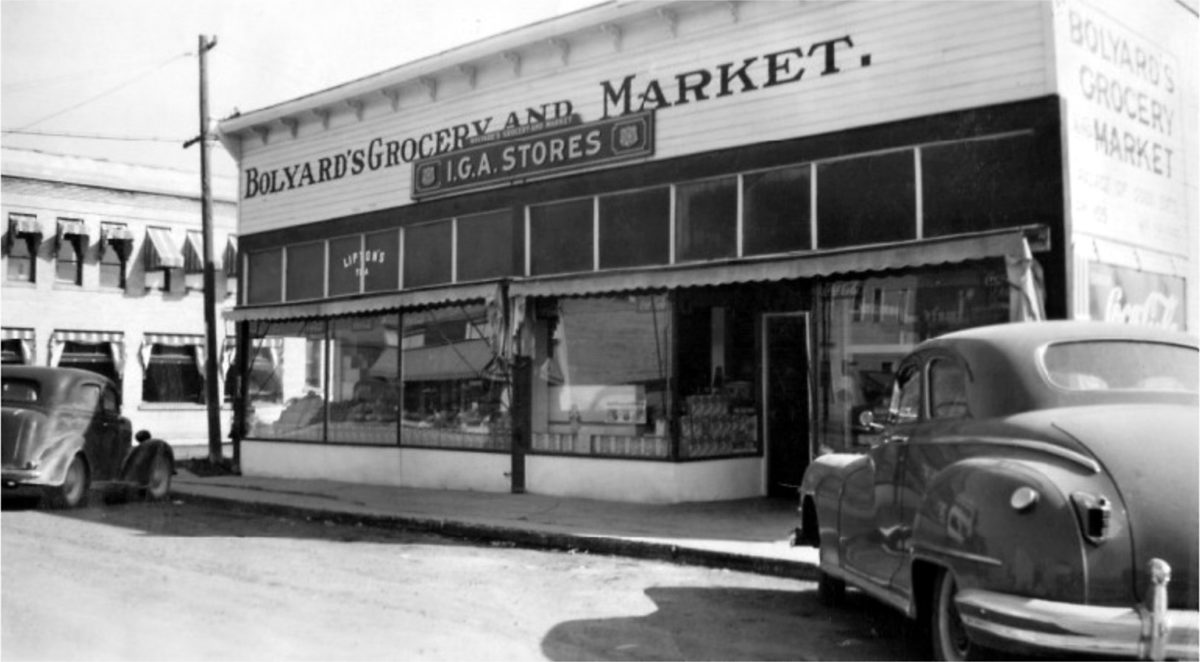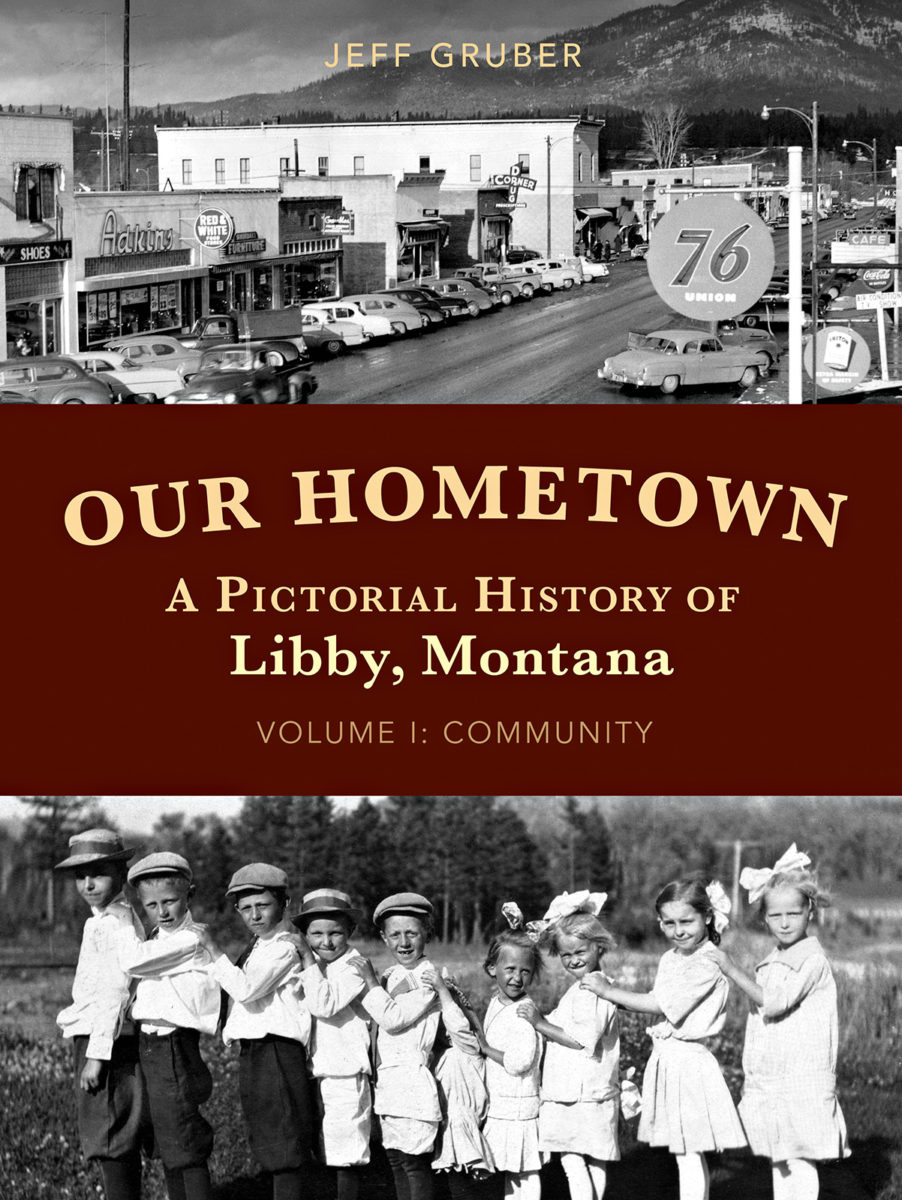Early Life in Libby
Local resident Jeff Gruber releases the first volume of his series, “Our Hometown: A Pictorial History of Libby, Montana”
By Maggie Dresser
While retired Libby High School history teacher Jeff Gruber was volunteering at the Heritage Museum a few decades ago, he came across old photos ranging from the town’s baseball team to old railroad photos to various images of local churches, some dating back to the 1890s.
“It kindled my interest in Libby history,” Gruber said. “I became aware of the photo collection and I thought it’d be nice to put a book together because Libby didn’t have an illustrated history book.”
Gruber published the first volume of “Our Hometown: A Pictorial History of Libby, Montana,” highlighting the town and community of Libby, this year.
After retiring three years ago, Gruber was finally able to complete the first volume after starting the process in 2004, working with former librarian Inez Herrig, who served as Lincoln County head librarian from 1929 to 1989 and was known as a “Libby pioneer.”
“It took me a lot longer than I thought it would,” Gruber said. “I’m not a writer and I struggled with technology like Photoshop and when I retired from teaching I finally had the energy and time to finish it.”
Gruber had several pitfalls during the process where he had to rescan and reformat several photos, but he finished the first volume 17 years later.
“My personal nature is I don’t like to quit,” he said. “Once I start, I like to finish.”

Still an isolated town today, Gruber chronicles the timeline of utilities of water, sewer, electricity and telephone communication in the remote northwestern town.
“It was my goal just to show what life was like in this town,” Gruber said. “I really think the younger generations have a hard time visualizing what life was like in an isolated town when driving to Kalispell was like running the gauntlet. Not many people can say they are an hour-and-a-half from a Walmart.”
During Gruber’s teaching years, he exposed many of his students to Libby’s history with the Montana Heritage Project, which Libby was involved with for 13 years and encouraged teachers to use their communities as a source for serious historical inquiry.
The first volume has a large section of Great Northern Railroad photos, highlighting its importance in the remote northwestern Montana town.

“When the railroad was built through the valley in 1892, people wanted to be near the it to access mail and the telegraph that was the instantaneous communication at the time, which was with the railroad,” Gruber said. “That’s where the town started.”
The second volume will be dedicated to the surrounding areas of Libby, chronicling the mines, the Libby Dam and early highways between Libby, Kalispell and Troy and the homesteads throughout the area while the timber industry will be the focus of the third volume.
Spending his summers off from teaching, Gruber has operated a small-scale sawmill over the last several years where he mills pine, Douglas fir and Western Larch trees, selling boards doing custom lumber cutting, which he now does full time since retiring after nearly 30 years at Libby High School.
“Our Hometown: A Pictorial History of Libby, Montana” can be purchased at locally in Libby, at Norm’s in Kalispell and online at www.grubersawmill.com.